Interviews with Experts
8 Groundbreaking Reforestation Techniques Revitalizing Our Planet
You may have heard about the devastating impact of deforestation on our planet. But have you ever wondered about the innovative techniques being used to reverse this trend?
From advanced soil preparation methods to the strategic selection of native species, these groundbreaking reforestation techniques are not only revitalizing our planet but also offering hope for a greener future.
While some may question the effectiveness of such approaches, the results speak for themselves. They show promising signs of rejuvenation in areas once deemed irreversibly damaged.
Key Takeaways
- Adequate soil preparation, including aeration and thorough analysis, is crucial for promoting healthy root systems and identifying and addressing nutrient deficiencies and contaminants.
- Incorporating organic matter and utilizing phytoremediation techniques can improve soil structure, provide essential nutrients, and mitigate pollutants, leading to healthier and more sustainable ecosystems.
- Genetic diversity in seedling selection enhances resilience against pests, diseases, and changing environmental conditions, ensuring the long-term success of reforestation efforts.
- Prioritizing native species in reforestation projects is essential for maintaining biodiversity, ecosystem stability, and adaptability to local environmental conditions, creating safer and more sustainable ecosystems.
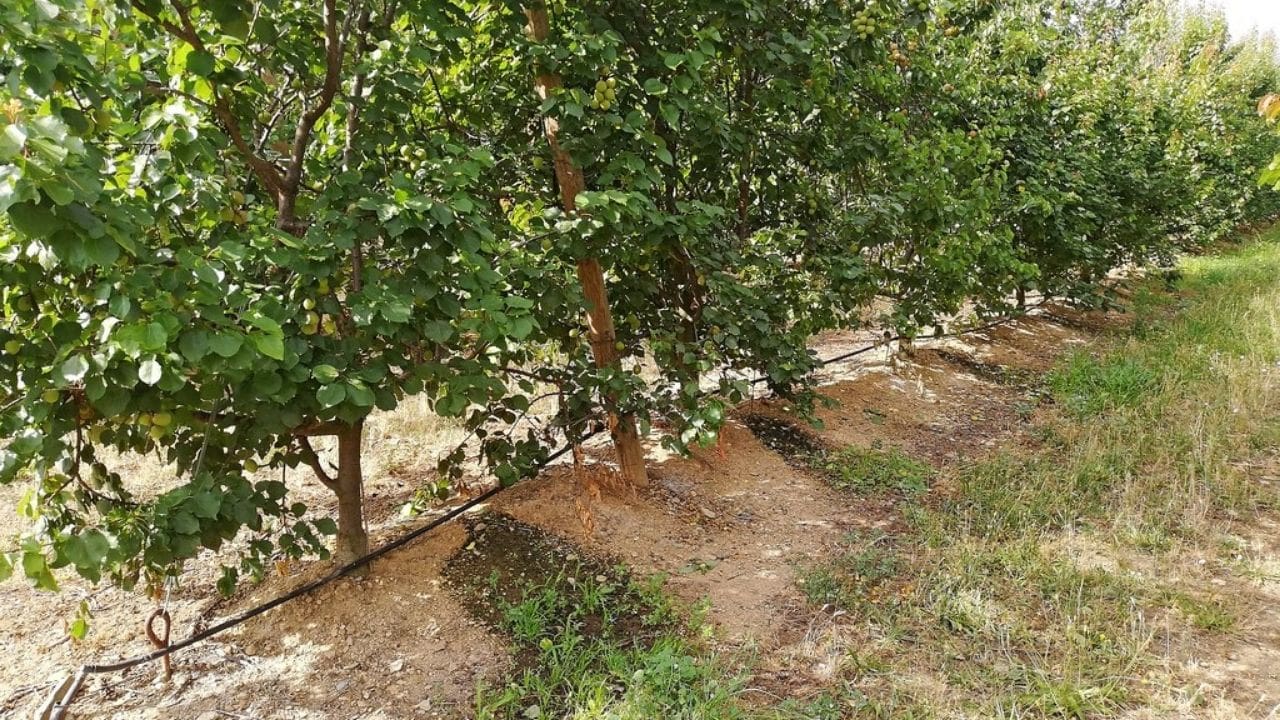

Soil Preparation
When preparing soil for reforestation, it’s crucial to ensure that it’s adequately aerated and free from contaminants, such as pollutants and invasive species. Proper aeration promotes the development of healthy root systems, which are essential for the long-term success of reforestation efforts.
Before planting, conducting a thorough soil analysis is imperative to identify any potential contaminants and nutrient deficiencies. This analysis allows for targeted remediation strategies, ensuring that the soil is optimally prepared to support new vegetation.
One effective method for aerating soil is mechanical tilling, which breaks up compacted earth and promotes better air and water penetration. Additionally, incorporating organic matter, such as compost, can improve soil structure and provide essential nutrients for plant growth.
In cases where contamination is present, phytoremediation using specific plant species can help to mitigate pollutants and restore soil health.
Prioritizing these soil preparation techniques is fundamental to establishing resilient and thriving forest ecosystems.
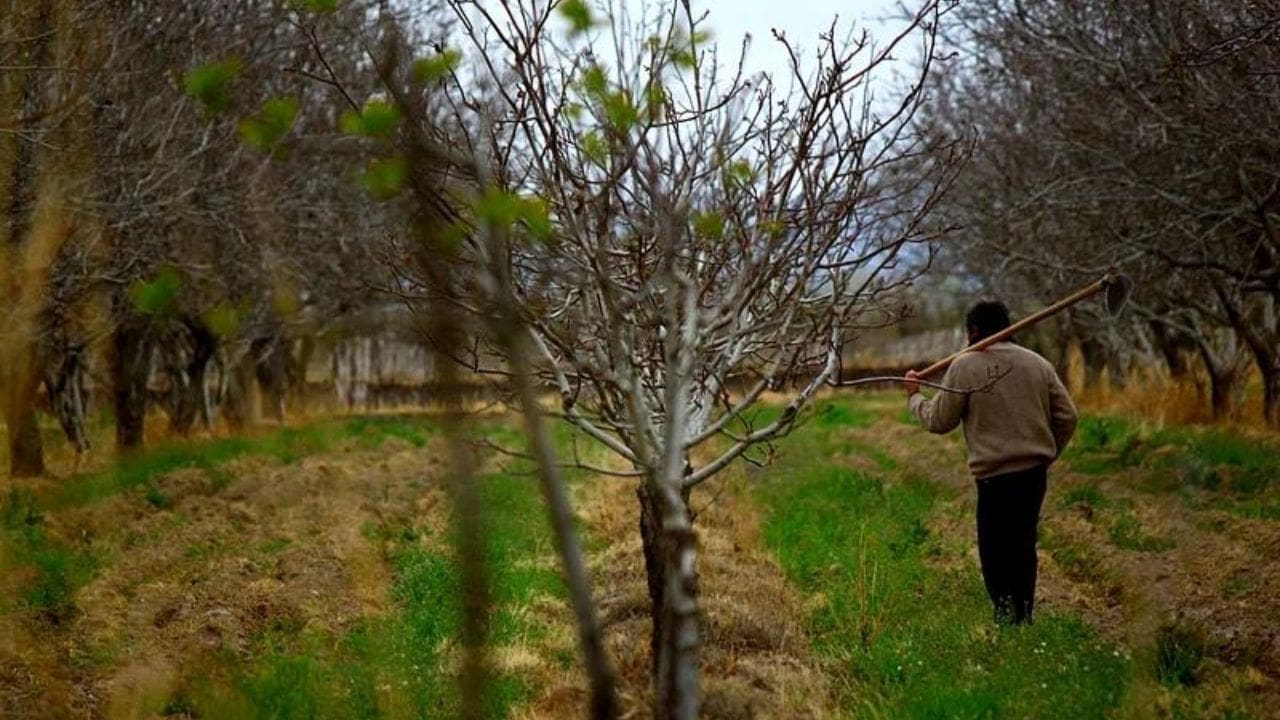

Seedling Selection
To ensure the success of reforestation efforts, meticulous consideration of seedling selection is vital to establish resilient and biodiverse forest ecosystems. When selecting seedlings for reforestation, it’s crucial to prioritize genetic diversity and adaptability. This ensures that the new forest can better withstand environmental stressors and disease, ultimately promoting a healthier and more sustainable ecosystem.
- Genetic Diversity:
- Choose seedlings from a variety of parent trees to enhance resilience against pests, diseases, and changing environmental conditions.
- Consider the local ecosystem and climate to select seedlings with genetic traits suited to the specific reforestation site.
- Adaptability:
- Prioritize seedlings with traits that enable them to thrive in the intended reforestation site’s specific soil, moisture, and temperature conditions.
- Collaborate with local experts and utilize advanced genetic technologies to identify and select seedlings with desirable adaptive traits.
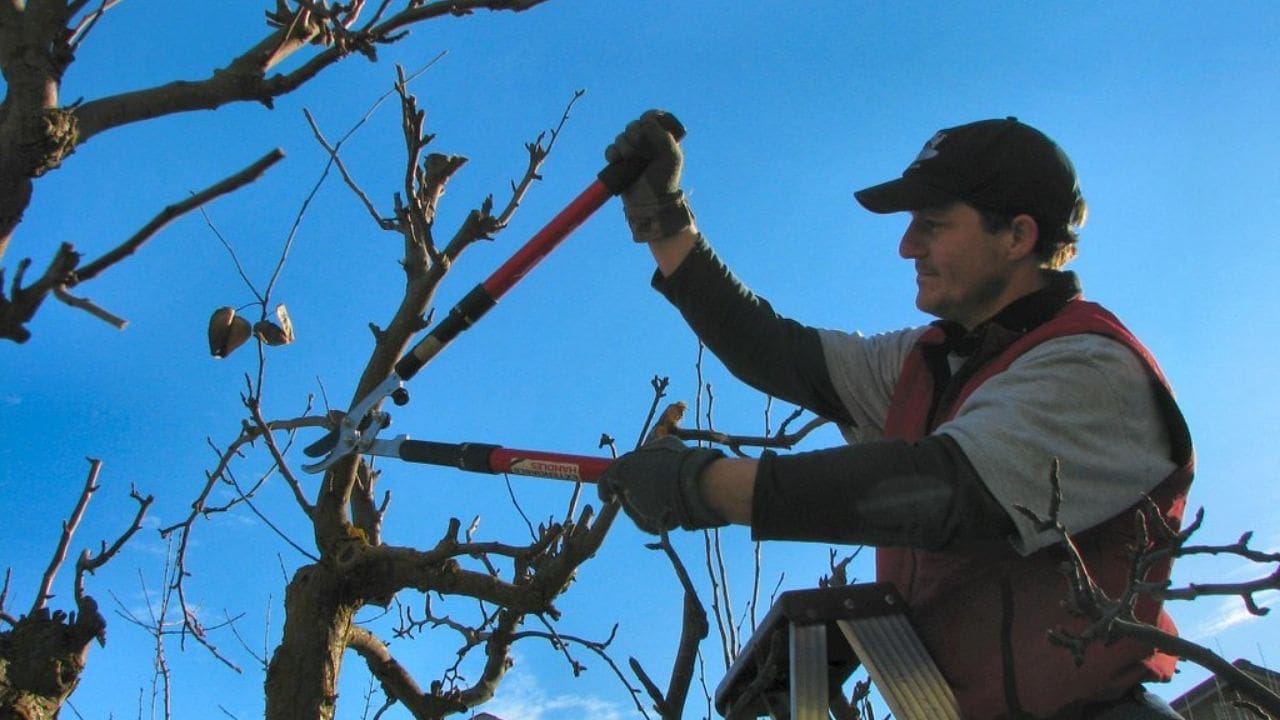

Planting Methods
When it comes to reforestation, planting methods play a crucial role in the success of the project.
Seed bombing, a technique involving the aerial dispersal of seed balls, has shown promising results in restoring degraded landscapes.
Additionally, agroforestry, which integrates trees into agricultural systems, has been proven to enhance biodiversity and soil health while providing economic benefits to local communities.
Seed Bombing
Reforestation efforts have been revolutionized by the innovative technique of seed bombing, which entails aerially dispersing seed-filled ‘bombs’ over targeted areas to efficiently and effectively restore vegetation. This method offers several advantages:
- Efficient Coverage: Seed bombing allows for quick and extensive coverage of large areas, promoting biodiversity and ecosystem restoration.
- Safety Precautions: Before engaging in seed bombing activities, ensure that the targeted area is free from any human activity to prevent accidental exposure to the seed-filled ‘bombs’. Additionally, it’s crucial to use biodegradable materials for the casing of the seed bombs to minimize any environmental impact.
Agroforestry
Utilizing agroforestry as a planting method can complement the aerial dispersal of seed bombs, further enhancing reforestation efforts by integrating trees into agricultural landscapes to promote sustainable land use and ecosystem resilience.
Agroforestry involves strategically planting trees alongside crops or livestock, creating a harmonious and mutually beneficial relationship. This technique not only increases the overall productivity of the land but also enhances its biodiversity and resilience to environmental stressors.
By incorporating trees into farming systems, agroforestry can help mitigate soil erosion, enhance water retention, and provide habitats for beneficial organisms. Furthermore, it contributes to carbon sequestration, reducing greenhouse gas levels and mitigating climate change impacts.
These innovative reforestation approaches prioritize both ecological restoration and agricultural productivity, ensuring a sustainable and safe environment for future generations.
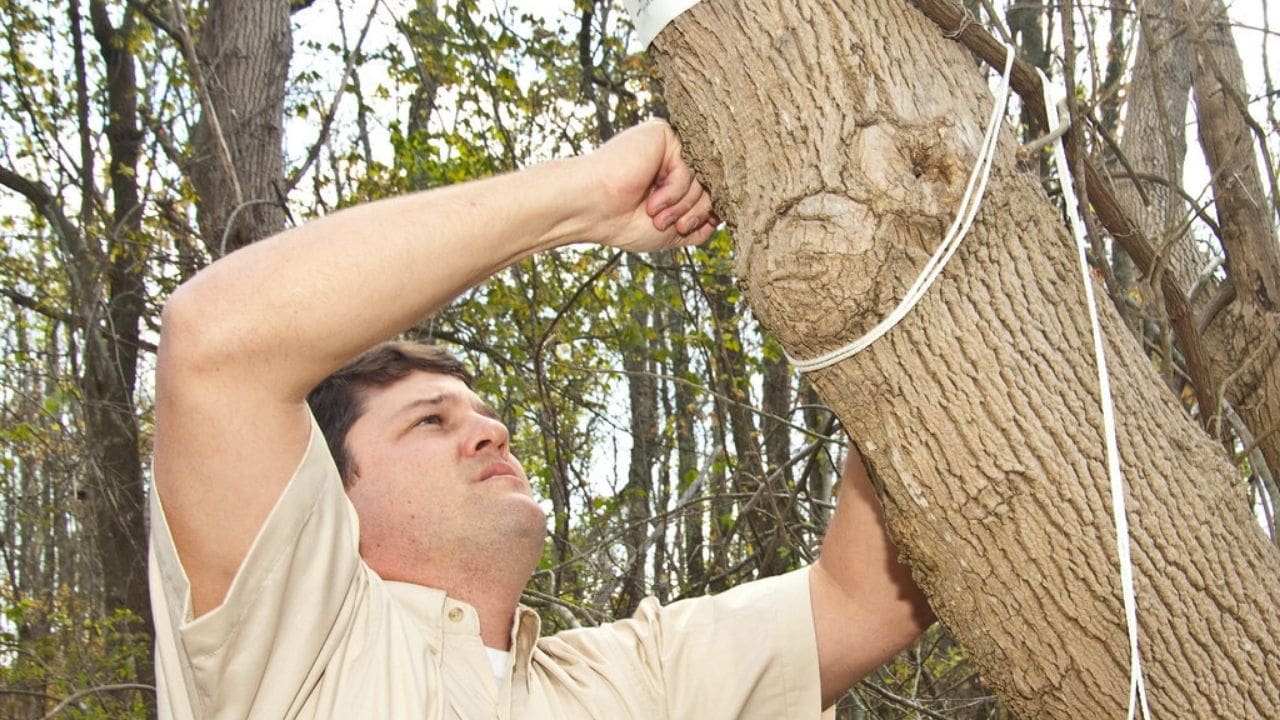

Native Species Prioritization
Prioritizing native species for reforestation efforts is crucial to ensure the ecological integrity and resilience of restored ecosystems. By focusing on native species, you can significantly enhance the overall success and sustainability of reforestation projects. Here are two key considerations to prioritize native species:
- Biodiversity Preservation
Native species play a vital role in maintaining biodiversity and ecosystem stability. By prioritizing their reintroduction, you can help recreate complex, resilient ecosystems that support a wide range of flora and fauna, contributing to long-term ecological health. - Adaptation to Local Conditions
Native species have evolved to thrive in specific local environmental conditions, making them more resilient to pests, diseases, and climate fluctuations. By choosing native species, you can enhance the ability of reforested areas to withstand environmental stressors, creating safer and more sustainable ecosystems.
Through a data-driven approach that emphasizes the selection of native species, reforestation efforts can effectively promote ecosystem health and safety. By prioritizing native species, you not only contribute to the restoration of forests but also ensure the long-term sustainability and resilience of our planet’s ecosystems.
Ecosystem Restoration
To ensure the success of ecosystem restoration, it’s imperative to maintain the ecological integrity and resilience of restored ecosystems by continuing to focus on the reintroduction of native species. Native species play a crucial role in stabilizing ecosystems, promoting biodiversity, and enhancing overall ecosystem function. By reintroducing native species, you can help restore the natural balance and functionality of ecosystems, which is essential for their long-term health and sustainability.
Ecosystem restoration efforts should prioritize the selection of native species based on their ecological significance, adaptability to local environmental conditions, and their ability to support other native flora and fauna. When selecting species for reintroduction, it’s important to consider their interactions with other species and their potential impact on the overall ecosystem dynamics.
Additionally, monitoring the progress of ecosystem restoration projects is essential to ensure that the reintroduced native species are thriving and contributing to the overall ecological health of the restored ecosystem. This data-driven approach allows for adaptive management, where interventions can be adjusted based on the observed outcomes, ultimately leading to more successful and resilient ecosystem restoration.
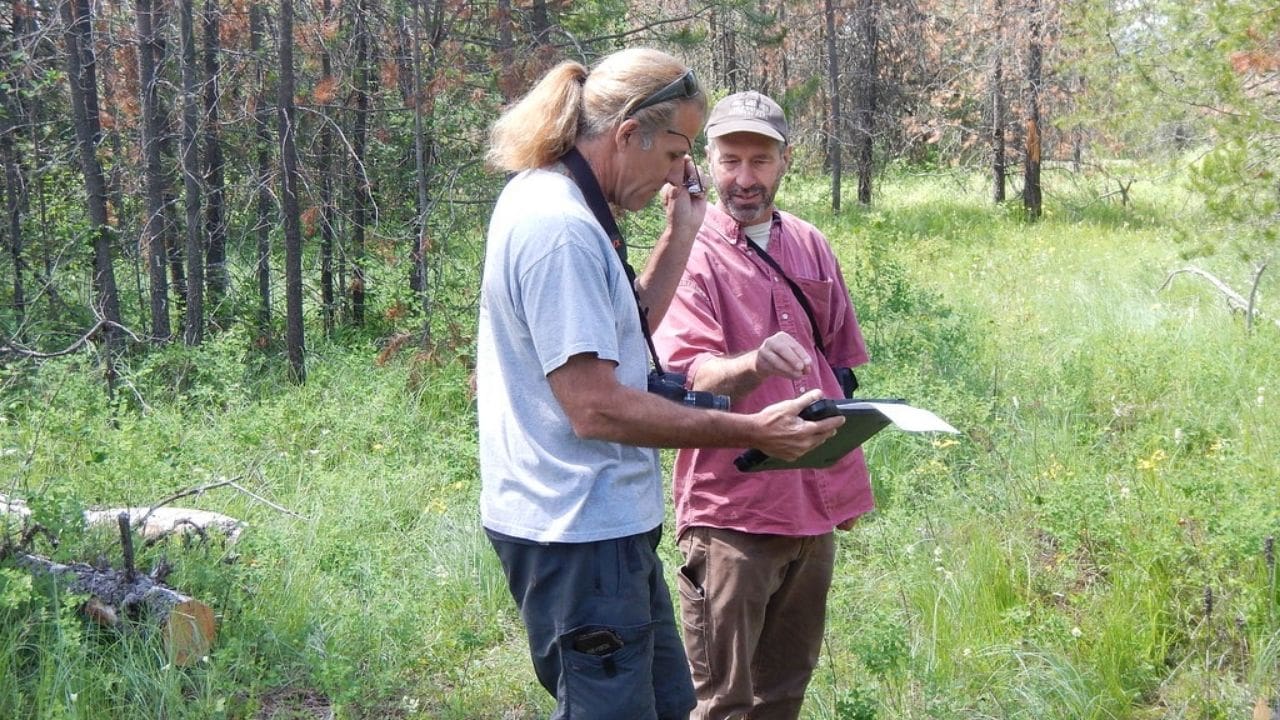

Habitat Connectivity
Improving habitat connectivity is critical for facilitating the movement and migration of wildlife species, ensuring genetic diversity, and promoting overall ecosystem resilience. By enhancing the linkages between fragmented habitats, we can foster healthier and more sustainable ecosystems.
Consider the following steps to improve habitat connectivity:
- Strategic Land Protection: Identifying and safeguarding key corridors that connect habitats is essential. This involves acquiring and conserving critical pieces of land to create continuous pathways for wildlife to move safely.
- Data-Driven Corridor Design: Utilizing advanced mapping and modeling techniques to pinpoint the most effective areas for creating wildlife corridors. By analyzing movement patterns and ecological data, we can ensure that the corridors are optimally positioned to support various species.
- Ecosystem Restoration: Rehabilitating degraded areas within key corridors is vital for promoting habitat connectivity. This includes reestablishing native vegetation, removing invasive species, and mitigating human-wildlife conflicts to create safe passage for animals.
Implementing these strategies not only fosters safer movement for wildlife but also strengthens the resilience of ecosystems, contributing to a healthier and more balanced natural world.
Agroforestry Practices
Agroforestry practices offer a sustainable solution to land use. They integrate trees with crops to enhance soil fertility and increase biodiversity. By strategically planting trees alongside crops, you can improve the overall health and productivity of the land. This also contributes to carbon sequestration and climate change mitigation.
Research has shown that agroforestry systems provide economic benefits for farmers. They also have positive environmental impacts. Therefore, they are a promising approach to reforestation and sustainable land management.
Tree-Crop Integration
A key strategy for integrating trees with crops in agroforestry practices involves strategically planting trees among agricultural fields to enhance ecological resilience and improve overall productivity. This approach offers numerous benefits, including:
- Enhanced Biodiversity: Planting diverse tree species alongside crops promotes a healthier ecosystem, attracting beneficial insects and wildlife that contribute to natural pest control.
- Safety Note: The increased biodiversity can help regulate pest populations naturally, reducing the need for chemical pesticides and promoting a safer environment for both farmers and consumers.
- Soil Health Improvement: Trees play a crucial role in preventing soil erosion and improving soil structure, thus reducing the risk of landslides and preserving water quality.
- Safety Note: By stabilizing the soil, tree-crop integration helps create safer agricultural landscapes, mitigating the risk of soil degradation and associated hazards.
Soil Fertility Enhancement
Enhancing soil fertility through agroforestry practices involves incorporating nutrient-rich tree species into agricultural landscapes, promoting sustainable land use and increased crop productivity.


By integrating trees with crops, agroforestry mitigates soil degradation, erosion, and nutrient loss. The roots of trees enhance soil structure, reducing erosion and increasing water infiltration.
Furthermore, the leaves and organic matter from trees contribute to soil organic carbon, fostering microbial activity and nutrient cycling. Research shows that agroforestry systems can significantly increase soil fertility, with studies reporting up to 50% higher organic carbon content compared to conventional agriculture.
These practices also enhance soil biodiversity, creating a more resilient and sustainable agricultural ecosystem.
Biodiversity Conservation
With the integration of diverse tree species into agricultural landscapes, biodiversity conservation is effectively promoted through agroforestry practices, contributing to the resilience and sustainability of agricultural ecosystems.
Agroforestry enhances biodiversity conservation through:
- Habitat Provision: Diverse tree species create varied habitats, supporting a wide range of flora and fauna, thus promoting biodiversity within agricultural landscapes.
- Example: In a study conducted by the World Agroforestry Centre, agroforestry systems were found to support a higher number of bird species compared to monoculture farming.
- Ecosystem Services: Agroforestry practices contribute to the provision of ecosystem services such as pollination, natural pest control, and soil enrichment, thereby fostering a balanced and diverse ecosystem.
- Example: Research by the Food and Agriculture Organization indicates that agroforestry systems improve soil biodiversity, leading to enhanced nutrient cycling and soil health.
Drought Tolerance
One approach to improving drought tolerance in reforestation efforts involves utilizing genetic modification techniques to enhance the ability of tree species to withstand prolonged periods of water scarcity. By identifying and modifying specific genes responsible for drought tolerance in certain plant species, researchers have been able to transfer these traits to trees, thereby creating genetically modified (GM) tree species with improved resilience to drought conditions.
These GM trees exhibit enhanced water retention capabilities, improved root systems, and altered stomatal behavior, allowing them to maintain essential physiological functions even under water-stressed conditions. Additionally, genetic modification has enabled the production of trees with higher levels of osmoprotectants and antioxidants, which play crucial roles in protecting cellular structures from damage caused by drought-induced oxidative stress.
Furthermore, these advancements in genetic modification have paved the way for the development of drought-tolerant tree varieties that can thrive in arid and semi-arid regions, contributing to the successful reforestation of areas prone to water scarcity. By employing these cutting-edge techniques, reforestation efforts can effectively mitigate the impact of drought on ecosystems, while ensuring the safety and sustainability of newly established forested areas.
Frequently Asked Questions
How Do Reforestation Techniques Impact Local Wildlife Populations?
Reforestation techniques impact local wildlife populations by providing habitat, food, and shelter, leading to increased biodiversity and ecosystem stability. As trees grow, they create a healthier environment for animals, helping to support and protect their populations.
What Measures Are Taken to Ensure the Long-Term Success and Sustainability of Reforestation Efforts?
To ensure the long-term success and sustainability of reforestation efforts, you must carefully select native tree species, manage invasive species, conduct periodic monitoring, and engage local communities in stewardship. These measures promote ecosystem resilience and biodiversity.
Are There Any Specific Challenges or Obstacles That Reforestation Projects Face in Different Regions of the World?
In different regions of the world, reforestation projects face challenges such as deforestation, soil degradation, climate change, and lack of community involvement. These obstacles require innovative solutions and collaborative efforts for successful reforestation.
How Do Reforestation Projects Contribute to Carbon Sequestration and Climate Change Mitigation Efforts?
Reforestation projects enhance carbon sequestration by absorbing CO2. The planted trees act as carbon sinks, mitigating climate change. By restoring forests, you help regulate the Earth’s climate and contribute to a sustainable future for all.
What Role Do Local Communities Play in the Success of Reforestation Initiatives?
Local communities play a crucial role in reforestation success. According to recent data, community involvement increases tree survival rates by 25%. By engaging locals in planting and maintenance, projects are more sustainable and effective in combating climate change.


Hello there! I’m Logan Foster, the green-thumbed social media marketer behind the vibrant world of 1800TreeGuy.com. With roots firmly planted in arboriculture, I’ve branched out to help clients cultivate their dream outdoor spaces, one leafy canopy at a time. My knack for nurturing nature is more than a profession—it’s a way of life.
When I’m not talking trees and teaching the art of arboreal care, you can find me cheering on the Bulldogs—my alma mater’s pride and my forever team. My environmental studies there didn’t just teach me about ecosystems; they instilled a lifelong passion for protecting our planet.
Off the clock, I’m an adventurer at heart. Whether it’s trekking the Appalachian trails, pedaling down a mountain path, or crafting guides to share the wonders of the wild, I’m happiest with soil under my nails and the sun on my face. And let’s not forget Yoda, my pug sidekick. He may not have mastered the art of stillness, but his joyful grins are my daily dose of happiness.
I’m all about making connections—between people and the great outdoors and between my clients and their ideal landscape visions. My approach is personal; every tree has a story, and every garden reflects its caretaker.
If you want to green your scene or share in my outdoor escapades, give me a shout on Instagram or Facebook. Let’s cultivate a conversation and grow a community rooted in a love for the lush life.







